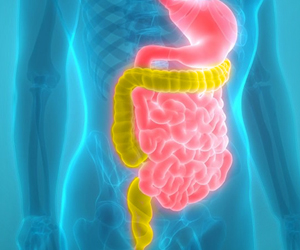Deep-fried crunchy chicken tenders, fried ground beef hamburger, a bag of Oreos or potato chips. All these savories sound scrumptious, but in reality, they can prove lethal for health. Now, a new research study has come up with innovative ways in a bid to rehab fried-food-loving couch dwellers.
Researchers at the Northwestern University are investigating new methods to rehabilitate people with lousy health habits.The study was designed by Bonnie Spring, a professor of preventive medicine at Northwestern's Feinberg School of Medicine, to make change as easy as possible.
Spring knows it's difficult for someone with a raft of unhealthy habits to transform an entire lifestyle. So she wants people to just change two unhealthy behaviors to see if the others will tag along. Her method is based on the Behavioral Economics Theory used by Nobel Prize winner Daniel Kahneman.
She's also helping fat-food-loving couch dwellers flip their lifestyles with an arsenal of high-tech tools including a specially programmed Palm Pilot to monitor eating and exercise; virtual visits with a personal coach and an accelerometer which straps around the waist to record the intensity of their movements.
Participants are assigned to eat more veggies and fruits or cut down on saturated fat; and cut back on "screen" time or increase exercise.
"We're trying to figure out which two behavior changes give you the maximum healthy bang for your buck on all unhealthy behaviors that we're trying to modify," Spring said.
Advertisement
For the study, Spring recruited a participant, Joy Hesemann and assigned her the methods for four-months. Her basic aim was to slash most saturated fat from her diet and break a sweat for an hour a day. She also got a crash course on healthier eating and strategies to inject more physical activity into her day such as taking the stairs instead of the elevator.
Advertisement
As with all participants, Hesemann's recordings in the Palm Pilot and contact with the personal coach gradually tapered off over the four-month period of the study. This latter period is when it gets interesting for Spring. She's waiting to see who falls off the wagon.
"It's really hard to maintain a new healthier lifestyle. At first it's novel and exciting and then the novelty wears off. You tend to revert back to the old habits. There's kind of an inertia that pulls you back,” Spring said.
Spring is anxious to see which two behavior changes best helped people maintain their healthier habits. But she won't know the results until the study ends in 2008.
Source-ANI
LIN/C





